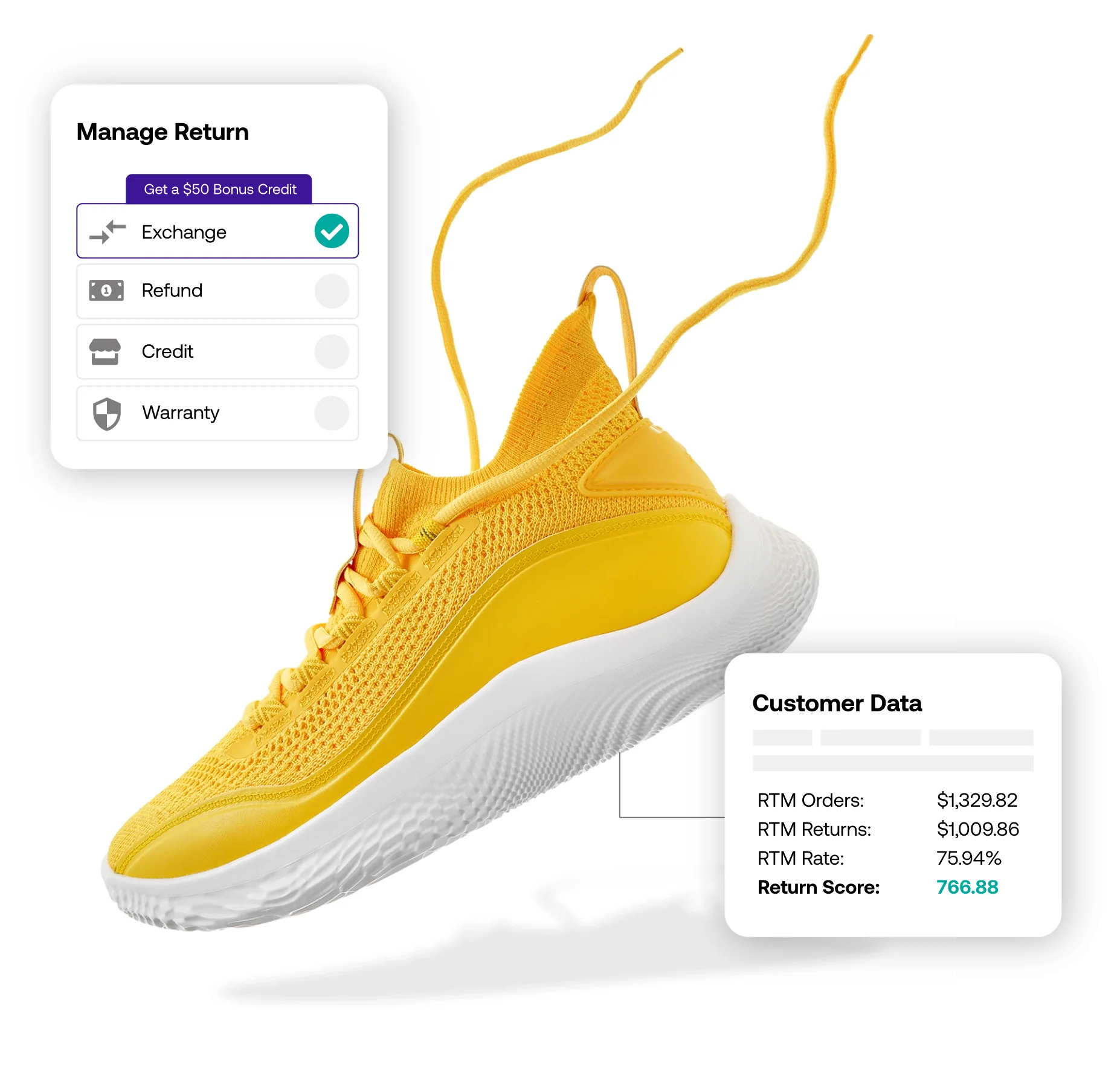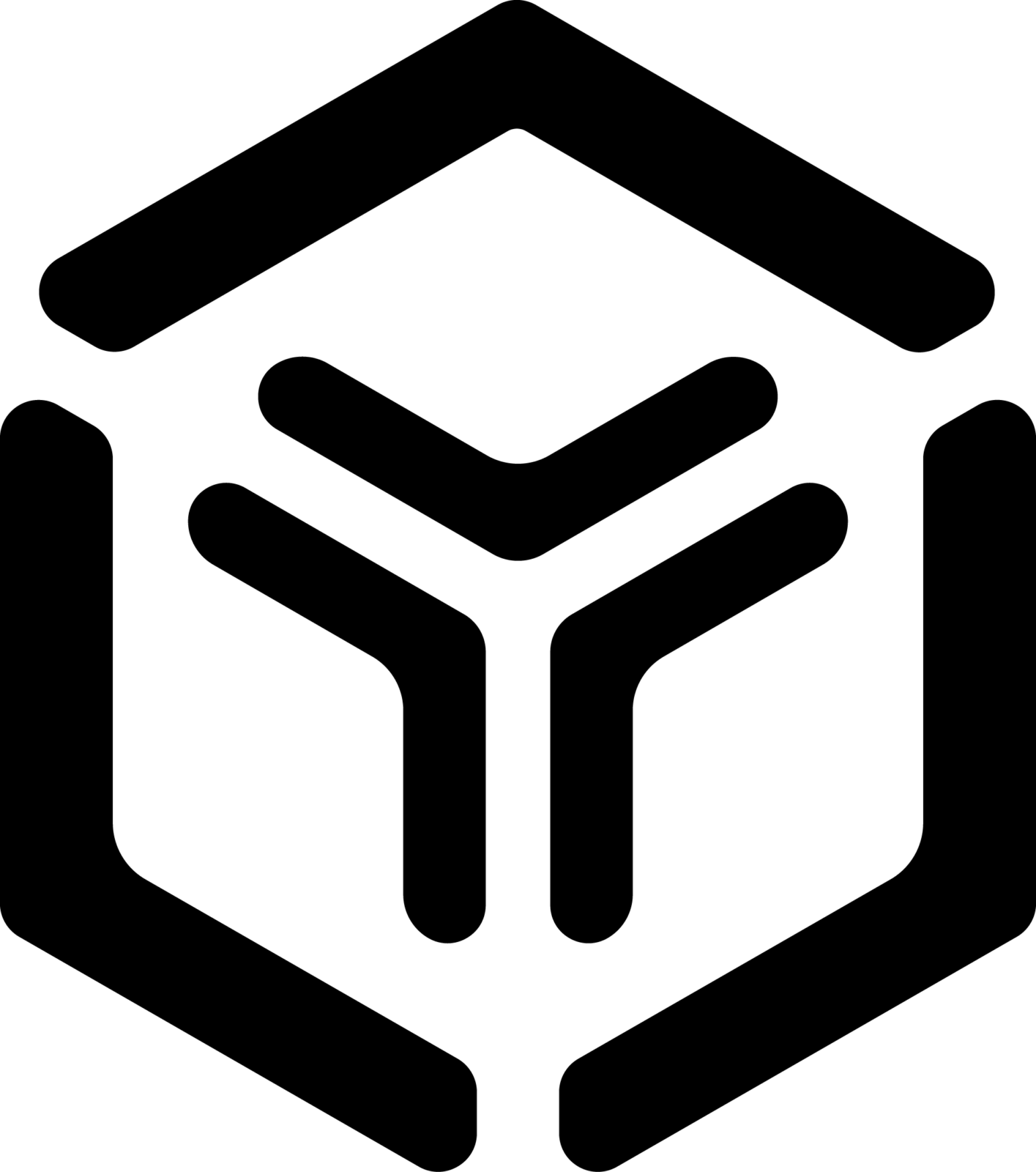
Returns Management: ReturnLogic
Creates new advanced analytics offering
ReturnLogic, a Returns Management platform, overhauled its reporting capabilities, transitioning from its existing legacy system to a dynamic, responsive suite of analytical tools in a transformative collaboration with Fractal River.
The integration of a powerful Data Lakehouse, coupled with sophisticated data modeling and advanced algorithms supported a state-of-the-art embedded Looker visualization layer.
This revamp not only accelerated report generation, ensuring rapid access to accurate data, but also set the foundation for advanced analytics capabilities, marking a leap forward in the platform’s value proposition to its customers.

Peter Sobotta, CEO, ReturnLogic
“Special thanks to the entire Fractal River team and the ReturnLogic analytics team who turned customer feedback and ideas into a powerful enterprise intelligence tool. Amazing work! Our retailers and future customers will be pleased.”
Testimonial
Overview
ReturnLogic, a prominent returns management platform, faced significant challenges with its reporting capabilities. The existing system, built upon a transactional database, was slow and limited in functionality, preventing the company from harnessing the full potential of its data. The platform’s users needed more powerful and responsive reporting tools to manage and understand their returns data effectively.
What was the challenge?
The platform’s reporting features were not meeting customer expectations due to poor performance: the use of the transactional database for reporting created bottlenecks, resulting in slow report generation, impacted overall platform stability and had trouble scaling up to keep up with the fast-growing user base. The legacy user interface didn’t provide state-of-the-art capabilities the users were expecting, such as alerts, schedules, data downloads, advanced charting, and more. In addition, the lack of a robust Data Lakehouse hampered the creation of more sophisticated data analysis capabilities, which became an obstacle as the company sought to evolve beyond basic descriptive analytics to offer predictive insights through AI and Machine Learning within their product.
How we addressed it
Fractal River implemented a comprehensive solution centered upon a new Data Lakehouse built with Snowflake to provide a solid foundation for large-scale data analytics. Data from the returns management application and other sources was integrated via various ingestion pipelines that leveraged, amongst other things, several Amazon Web Services tools. The centralized data was then modeled into a flexible Semantic Layer using dbt, and other products were incorporated to continuously monitor data integrity and establish a production-grade environment. To create advanced analytics, custom algorithms were developed leveraging selected Python-based components. Finally, to enhance the end-user data experience and add a multitude of new features including interactive reports, Looker was introduced as the new embedded visualization tool.
Fractal River’s expertise enabled the recreation and enhancement of existing reports and the development of new, more powerful reporting tools. In addition, best-practice Data Operations processes and tools were put in place including version control, separate development/QA/production environments, CI/CD pipelines, infrastructure-as-code management, automatic data testing and monitoring, and more.
Key benefits
The initiative brought about transformative benefits:
Swift and Efficient Reporting: Users now enjoy a significantly faster reporting experience, with reports loading quickly and smoothly.
Accurate Data Insights: The reliability and accuracy of the data in reports have increased, leading to better decision-making among users.
Advanced Analytics: The Data Lakehouse provides the necessary infrastructure for the incorporation of AI and Machine Learning, paving the way for innovative, predictive analytics features.
Positive User Feedback: The marked improvement in the reporting tools’ performance has been well-received by users, as evidenced by their positive feedback.
Advanced Fraud Detection: Employing advanced algorithms to detect fraudulent activities, safeguarding the retailer’s revenue.
Customer Behavior Insights: Conducting in-depth analysis of shopping patterns to inform personalized marketing and inventory strategies.
Profitability Analysis: Utilizing tools to dissect and comprehend the financial impact of returns, enabling retailers to make cost-effective choices.
Operational Streamlining: Implementing automated procedures and user-friendly interfaces to optimize efficiency in handling returns.
Exportable Data Reports: Offering extensive and customizable reporting features to ensure data accessibility and usability.
Custom Alerts: Providing real-time notifications to keep teams updated on significant developments, facilitating prompt responses.
This case study illustrates ReturnLogic’s dedication to improving user experience and functionality, as well as Fractal River’s role in successfully delivering a robust data solution that not only meets current analytical demands but also sets the stage for future innovation.
